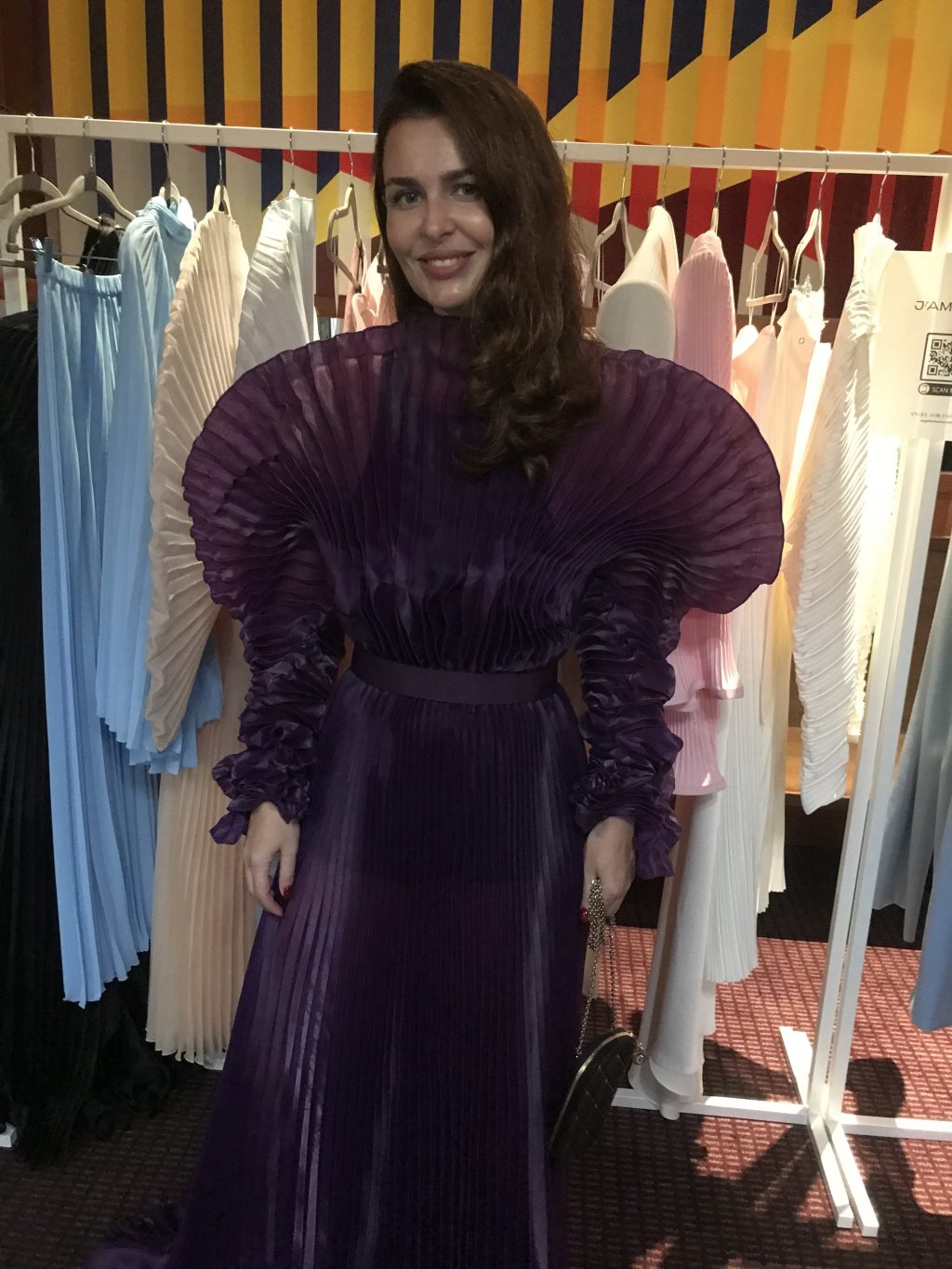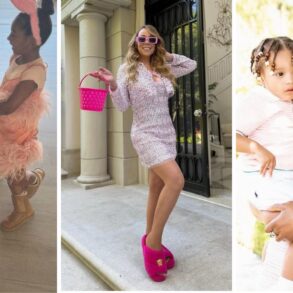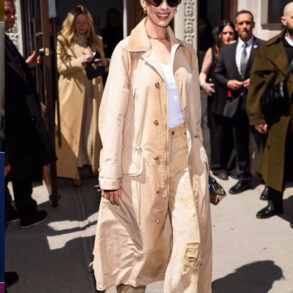
The hassles of navigating New York Week Fashion Week are a well-worn commiserative conversation topic — traffic, overprice Ubers, subway delays, construction, police investigations, inclement weather and more.
Any of that is incidental considering the fortitude it took several Ukraine-based designers to make their way to Manhattan. During Sunday’s kickoff of “Ukrainian Fashion: Shaping Style. Empowering Change” at The Standard, East Village, a few Kyiv-based designers described their journeys, which required combinations of daylong drives, multiple train trips and multileg flights.
The by-appointment showcase will run through Friday and features A.M.G., Gudu, Gunia Project, J’amemme, Kachorovska, My Sleeping Gypsy, Omelia, Samokish and T.Mosca. Their designs include an assortment of fashion, jewelry and footwear. Their road to New York started two years ago — before the Russian invasion, in September 2021 when the USAID Competitive Economy Program in Ukraine first collaborated with the fashion consultant Jen Sidary. At that time, four of the country’s leading fashion brands landed the first fashion trade show grants to showcase their collections during New York Fashion Week, with the goal to export into international markets.
In New York with her husband, who helps her run the footwear business with her mother, Alina Kachorovska said getting from Ukraine to Poland to get a U.S. visa and an outbound flight was the most challenging part. Traveling with their five-year-old twins and eight-year-old daughter, the couple stood in line for 10 hours in the blazing summer sun with their children to secure visas. The drive from Kyiv to Warsaw took 25 hours — more than double the typical time. A border patrol official in Poland initially denied the family entry since none of the children had cars seats. Nearing midnight, the start of Ukraine’s nightly curfew, and with their scheduled flight less than 12 hours away, the designer contacted a leather manufacturer who lives nearby and managed to find the car seats within a matter of minutes. A few hours later they were allowed to cross into Poland, she said.
A third-generation designer, Kachorovska joined the 66-year-old family business at the age of 16, working part time while she was attending law school in Kyiv. In between lectures, she met clients and measured their feet for shoes. The plan now is to expand in the U.S. through specialty stores initially.
In the city for the first time, Kachorovska said, “One thing that I can say about New York is that every building has its own style — the same thing as every person in the street.”
Having packed a dress with feathers, she definitely wants to attend a ballet or opera. “My plan is to attend something beautiful and eternal,” she said.
Intent as she is on developing the company internationally, war-related production issues are inhibiting major expansion, even though Kachorovska has its own footwear factory with 100 employees. Despite Ukrainians’ determination to continue to live their lives, multiple missile attacks and explosions occur throughout the night. Accustomed to being woken up by air raid sirens, she said she runs to her children’s rooms to put them in a safer place and remains awake for the rest of the night. “The war should stop this year with a positive outcome for Ukraine because it’s a stupid war that makes no sense and people are losing their lives. The worst part is that people continue to die. But I don’t want to leave my home — it’s the best place in the world. I don’t want to move anywhere.”
Having just arrived in New York after 54 hours of travel from Kyiv, J’amemme designer Julia Yarmoliuk looked no worse for wear in a violet pleated evening dress from the collection. Asked how she is managing with the Russian invasion, she said, “Oh, we can do anything. We are powerful women. I have a power team. We manufacture in Kyiv and I am very proud of that. We have Ukrainian artisans who can do couture details.”
Specializing in voluminous, feminine and sensual eveningwear, J’amemme retails from about 700 to 1,300 euros. Available in the U.S., Kuwait and Europe, the label aims to now build its American distribution. Self-taught, Yarmoliuk is a former banker who never attended fashion school. “It was so boring working for a bank. It was an awful period of my life,” she said. “I think art, architecture and nature can transform fashion designs.”
The factory that the designer relies on for the pleated fabric that is used for many styles was bombed by Russian forces and is now shuttered. “We have had to change our tactics to find solutions,” Yarmoliuk said.
Planning to meet with buyers in New York, do some shoots and explore collaborations, she added, “I am here to work.”
This post was originally published on this site be sure to check out more of their content.









